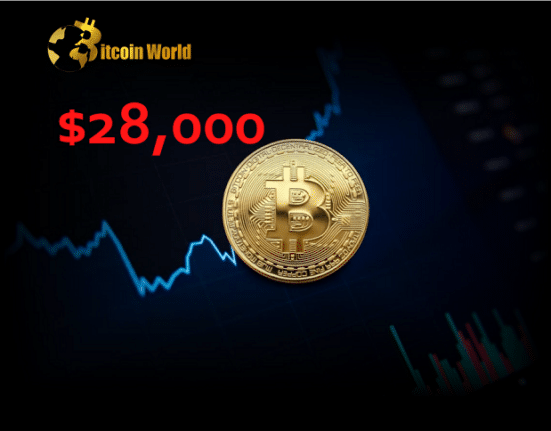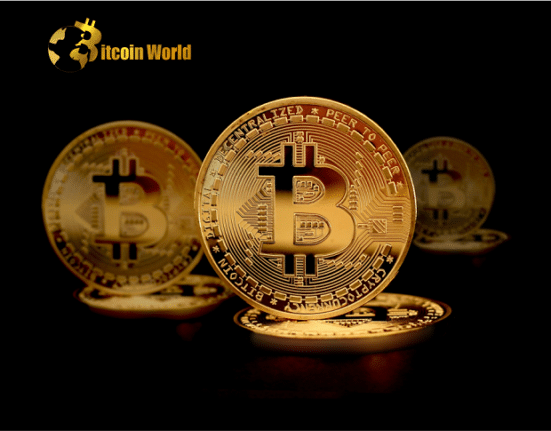On March 2023, the United States and Switzerland experienced several bank failures, including some of the largest-ever U.S. bank failures. This reminded us that banks bear significant risks that can quickly spill over to other industries, and we need to mitigate these risks to prevent further damage. Interestingly, bank failures became a critical stability risk to the crypto-asset industry, despite the focus on how the sector could introduce risks to traditional finance.
Regulated stablecoin issuers rely on banking partners to fulfill the minting and redemption through fiat money. This exposes e-money institutions in the European Union to disproportionate cost and counterparty risk, ultimately constraining innovation and competition in the payments market. Granting regulated fiat stablecoins access to central bank accounts would be a crucial step for the safety of fiat currencies on the internet and for payments innovation writ large.
The landmark MiCA regulation in the EU mandates that e-money token issuers hold at least 30% of their reserves with credit institutions. However, this will ultimately burden EMT activity with banking and counterparty risk. EMT issuers and all e-money institutions should be able to access central bank accounts directly. This would shield EU customers from the credit risk of private banks by moving fiat funds to the central bank directly.
In the United Kingdom, e-money institutions have enjoyed direct access to the Bank of England’s settlement layer since 2017. This has helped increase competition and innovation in the market for payments, creating more diverse payment arrangements with fewer single points of failure. The Central Bank of Lithuania allows e-money and payment institutions to open settlement accounts and access the clearing system directly. More than two-thirds of e-money reserves in Lithuania are held with the Central Bank of Lithuania.
It is time to level the playing field and open up this possibility to all e-money institutions across the EU. A targeted review of the Settlement Finality Directive, possibly as part of the review of the PSD or the Instant Payments Regulation, is needed to accomplish this. The impact assessment of the Payments Service Directive makes it clear that we need to level the playing field between banks and non-banks in the payment market.
The benefits to the safety and liquidity of non-bank financial institutions, and to greater innovation in a financial system that is becoming increasingly concentrated amongst global systemically important banks, are evident. The case for granting e-money institutions access to central bank accounts has never been stronger, and the EU should not miss this unique opportunity to make its financial system more competitive and resilient.














